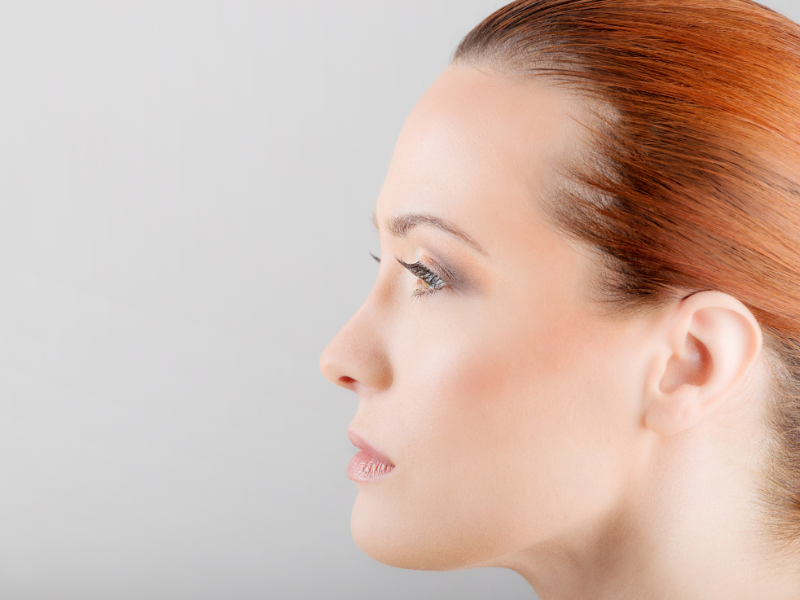Main Image: © Drazen_ from Getty Images Signature via Canva.com
If you frequently get rashes, redness, or skin irritation that is not caused by a known allergic reaction, it might be a form of dermatitis known as contact dermatitis. Many redheads suffer from this because of our common skin sensitivities.
You might be wondering, what is contact dermatitis? The term “dermatitis” is a broad term that describes a common skin irritation. There are different forms of dermatitis and one of the most common forms of dermatitis is contact dermatitis.
Let’s dig a little deeper:
Types of dermatitis:
According to the Mayo Clinic, there are many common types of dermatitis including:
1. Contact Dermatitis: This occurs when the skin reacts to something it comes into contact with, such as irritants (like detergents or chemicals) or allergens (like poison ivy or nickel).
2. Atopic Dermatitis: Also known as eczema, it’s a chronic condition characterized by itchy and inflamed skin, often with a genetic predisposition.
3. Seborrheic Dermatitis: Commonly affects the scalp and face, causing redness, scaling, and dandruff-like symptoms.
4. Nummular Dermatitis: This type leads to coin-shaped patches of irritated skin, often on the arms and legs.
5. Perioral Dermatitis: Primarily affects the face, especially around the mouth, and is marked by redness, bumps, and sometimes pustules.
6. Stasis Dermatitis: Typically occurs in the lower legs and results from poor circulation, leading to swelling, redness, and skin changes.
7. Dyshidrotic Dermatitis: Presents as small, itchy blisters on the hands and feet.
8. Neurodermatitis: Involves localized thickening and itching of the skin, often triggered by repetitive scratching.
9. Allergic Contact Dermatitis: An allergic reaction occurs when the skin comes in contact with a specific allergen.
The two most common types of dermatitis are atopic dermatitis (also known as eczema) and contact dermatitis. Another form of dermatitis that affects adults is seborrheic dermatitis, which is a scalp condition that can also affect oily areas of the face. Seborrheic dermatitis can also affect children but is known as cradle cap. Diaper rash is also a form of dermatitis that affects babies and children in diapers.
What causes contact dermatitis?
The reason we are focusing on contact dermatitis instead of atopic or seborrheic is because contact dermatitis is extremely common and can be brought on seemingly out of nowhere. Contact dermatitis usually presents itself as an itchy, irritated rash or bumps when contact is made with a substance or ingredient that causes an allergic reaction.
Common culprits include substances like soaps, detergents, cosmetics, and chemicals, which can irritate the skin in anyone. Allergens like latex, metals (e.g., nickel), plants (e.g., poison ivy), and fragrances may induce allergic reactions in some individuals. Certain jobs, medications, jewelry containing nickel, clothing materials, and personal care products can also contribute to this condition. Identifying and avoiding these triggers is crucial, and seeking medical guidance for treatment and management is advisable when contact dermatitis occurs.
How to treat contact dermatitis?
Treatment for contact dermatitis involves several approaches depending on the severity and cause of the condition. The first step is to identify and avoid the irritant or allergen responsible for the dermatitis. Over-the-counter or prescription topical corticosteroid creams can help alleviate itching and inflammation, while non-steroidal options like topical calcineurin inhibitors may be used, particularly in sensitive areas. Antihistamines can provide relief from itching, especially in cases of allergic contact dermatitis. Moisturizers and cold compresses aid in hydration and symptom management. In severe cases, oral corticosteroids may be prescribed. It’s vital to refrain from scratching to prevent worsening and potential infection. Consultation with a healthcare professional is essential for an accurate diagnosis and a tailored treatment plan, which may include patch testing to identify specific allergens for future avoidance. If symptoms persist or worsen, seeking medical attention promptly is advisable.
How to avoid contact dermatitis?
Unfortunately, for those with sensitive skin, contact dermatitis can be hard to avoid. Start by identifying and avoiding known triggers, whether they are certain substances, metals in jewelry, or specific plants. When dealing with potential irritants, protect your skin with gloves, long clothing, and consider the use of hypoallergenic products. Choose fragrance-free and gentle personal care items and practice thorough handwashing without overdoing it. For occupational exposures, adhere to safety guidelines and use appropriate protective gear. Regular moisturizing, sun protection, and stress management also contribute to maintaining healthy skin. Consulting with a dermatologist for patch testing can aid in pinpointing allergens. By following these precautions, you can significantly reduce the risk of contact dermatitis and promote skin well-being.
Rock it like a Redhead!
RELATED POSTS



